Also read
Sreesanth - A Modern Day Valmiki
'People will forgive you for being wrong, but they will never forgive you for being right - especially if events prove you right while proving them wrong.' Thomas Sowell
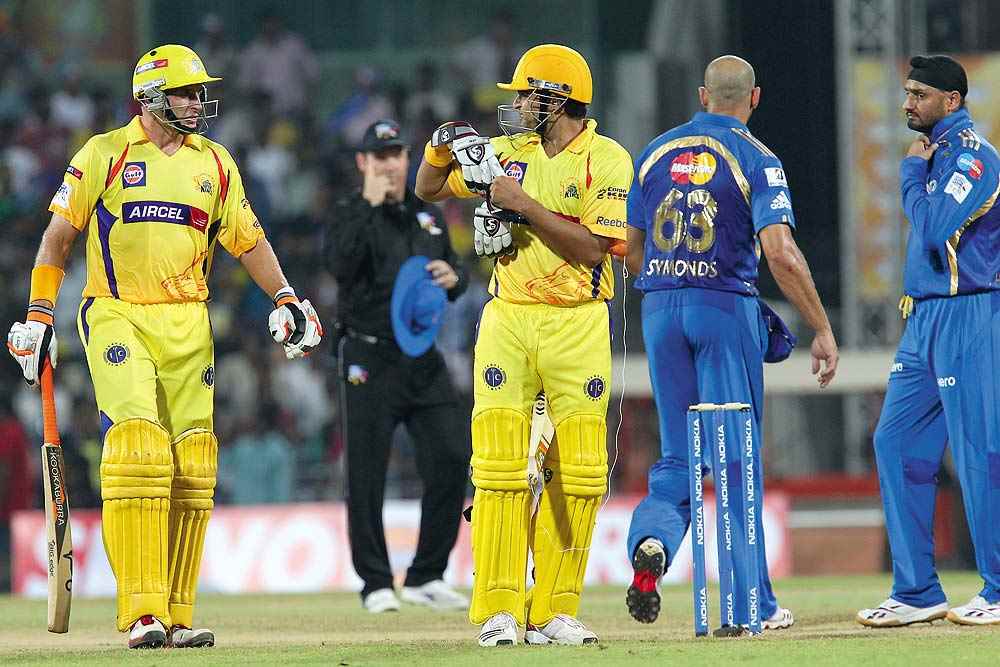
|
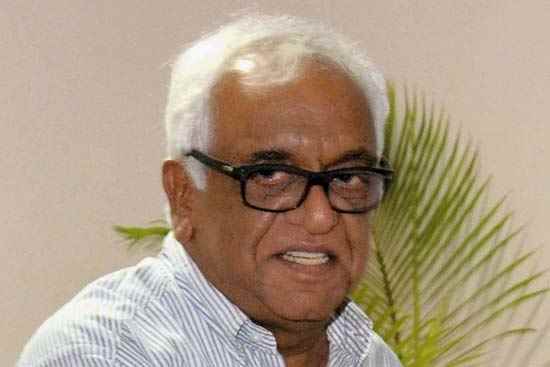
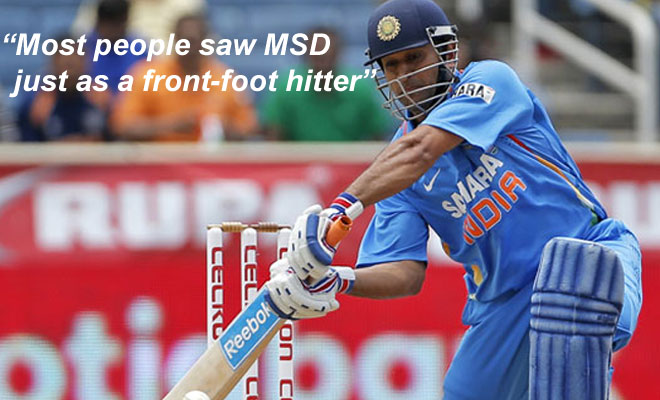
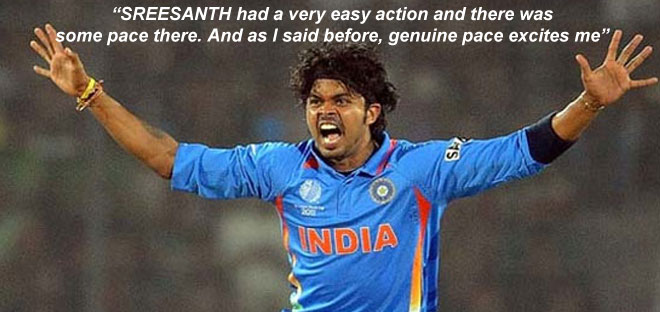
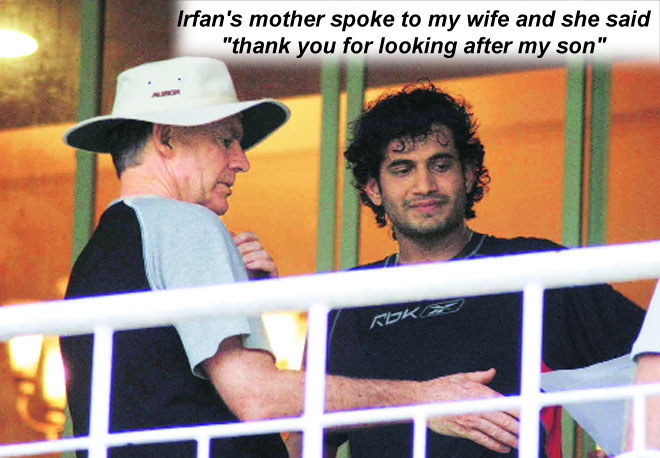
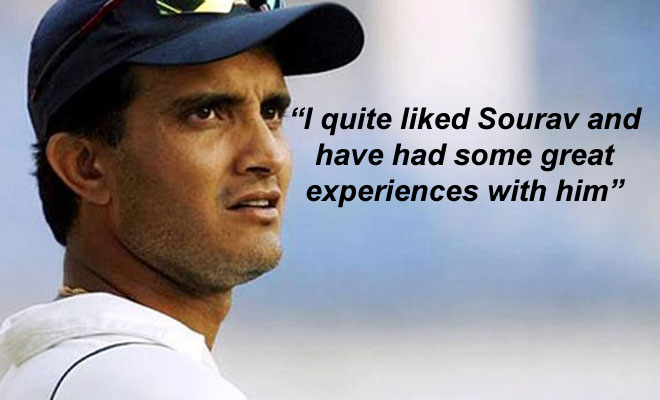

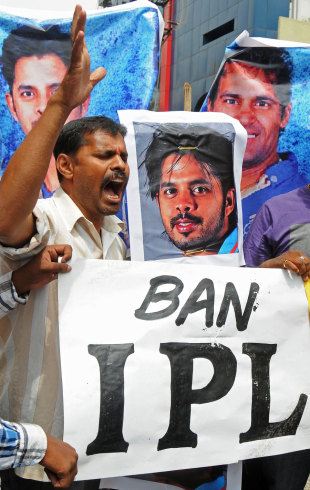
| |||
Related Links
Ian Chappell : Anti-corruption efforts need to be proactive
In Focus: Corruption in cricket
Teams: India
| |||
| There are estimated to be more than 70,000 bookmakers in India. Despite it being unregulated, it is highly organised and works much like a legalised system | |||
MUCH ADO ABOUT NOTHING- Why the IPL’s critics are mean and wrong | |
| Mukul Kesavan | |
The uproar about the IPL following the ‘revelations’ about S. Sreesanth and his erring teammates threatens to become farcical. Sting-meister Aniruddha Bahal of Cobrapost suggested on a television show that franchises ought to be punished for the misdemeanours of contracted players. Bahal reached for and found a precedent for his prescription from a different game in a foreign country: the relegation of the Italian football club, Juventus, to a lower league because some of its players had transgressed. Are we seriously citing Silvio Berlusconi’s country as a model of corporate governance? Please. We can do without Serie A as a moral exemplar. Punishing companies for the criminality of their employees… what will these hacks dream up next?
The other storm in this teacup is the suggestion that an isolated instance of spot-fixing is symptomatic of a more general shadiness in the IPL. Instead of celebrating the league as the beating heart of cricketing livelihood and hailing the BCCI as the gruff but golden-hearted uncle who bankrolls the global game, you have jealous (foreign) cricket boards and their Test-loving lackeys in the (white-and-Western) press, trying to characterize Sreesanth’s misdemeanour as ‘systemic’. In this bilious narrative, the IPL is a sinful Oriental honeypot where corruption is inevitable. This isn’t reportage, this is racism.
These Anglo dead-enders and their self-hating henchmen in the Indian media have a favourite word: ‘opaque’. So the IPL is evil because its ownership structure is opaque. Throw in dark mutterings about ‘benami’ or anonymous shares in the principal franchises and you can dress up unsourced speculation as investigative journalism. Is there any sporting league in the world where it’s clearer who the owners are? Shilpa Shetty, Preity Zinta, Shahrukh Khan, Nita Ambani, and so on, are on television rooting for the players they own every night of the week. Instead of the corporate anonymity typical of business, with the IPL you can literally put a face to the franchise.
Unable to fault the cricket, the IPL’s critics have targeted the cheerleaders on the field and, especially, in the studio. The easy badinage that makes Extraaa Innings so deliciously different from the po-faced pre-shows that just talk cricket is condemned as male lasciviousness by killjoy critics. The best answer to this pious accusation is to ask, in what world would professionals like Navjyot Singh Sidhu and Ravi Shastri and Harsha Bhogle and Kapil Dev, role models all, with reputations to lose, use women’s bodies as cues for double entendre and innuendo? The answer is obvious: they wouldn’t. They wouldn’t even allow themselves to be complicit in someone else’s demeaning banter: they would just get up and leave. So if they aren’t doing that, it’s not happening.
N. Srinivasan, the BCCI president, is a special target for dead-ender venom. Everything he does is designated nefarious. The fact that he is in charge of the BCCI and the owner of an IPL franchise is deemed a wicked conflict of interest. When Srikkanth wore two hats, one as the chief selector of the national team and the other as brand ambassador for the Chennai Super Kings, the franchise owned by Srinivasan, journalists sang the conflict-of-interest ditty like a theme song. Srinivasan’s decision to make Dhoni a vice-president of India Cements Ltd, a company he happens to own, apparently compounds this conflict-of-interest problem. This carping has got to the stage where not even a man’s business is his own business, if you see what I mean.
If men are known by the company they keep, Mr Srinivasan is in very good company; Anil Kumble has had exactly the same problem with sanctimonious critics. India’s greatest bowler, its most pugnacious captain, a man who has a traffic landmark in Bangalore named after him, had his integrity called into question merely because he started up a player management company at the same time as he became president of the Karnataka State Cricket Association.
He couldn’t understand the objections to this double role and the reason he couldn’t is that ‘conflict of interest’ is an arcane Western notion born of an alien business culture where everything is premised on contract, unlike India where a man’s word is his bond. Cricket is Kumble’s dharma; it’s inevitable that he will seek to involve himself in every aspect of the game. He has to be judged by what he actually does, not by some theoretical constraint upon his judgment, glibly labelled a ‘conflict of interest’. And the same courtesy must be extended to N. Srinivasan, distinguished cricket administrator, successful businessman, paterfamilias and pillar of Chennai society.
‘Conflict of interest’ as an insinuation has been used to tar the reputations of Indian cricket’s greatest commentators. Men like Ravi Shastri and Sunil Gavaskar, who have been saying the same things in unchanged sentences with iron consistency for years, are now being criticized for tailoring their views to the BCCI’s prejudices, of being the BCCI’s paid publicists.
Why should pundits lucky enough to sign a contract to be the BCCI’s in-house commentators be stigmatized in this way? Why can’t we accept their explanation that the reason they agree with the BCCI on nearly everything is a coincidence rather than a sign of being compromised? Harsha Bhogle couldn’t even tweet the distinction between spot-fixing and match-fixing without following up immediately with another tweet anxiously clarifying that he saw both forms of fixing as equally culpable and bad, in case some swivel-eyed loon online thought he was carrying water for the IPL.
This intemperate talk of embedded journalists and gelded commentators destroys the sacred bond between fans and broadcasters so essential to the health of the game. Can’t the critics see that it is their reflexive, corrosive suspicion that is destroying Indian cricket, not the alleged excesses of the proprietors, players and publicists of the IPL?
The answer to this rhetorical question is, no, they can’t, because modern hacks hold nothing sacred, not even the cardinal principle in law that a man is innocent till proven guilty. Cowardly articles have made references to Ajay Jadeja without naming him. Jadeja has been a regular on the IPL pre-show and the self-appointed guardians of cricketing morality have insinuated that the BCCI’s willingness to accept, on its authorized telecasts, a former cricketer accused of match fixing in an earlier era is symbolic of the IPL’s fudging of past wrongdoing, its less-than-zero tolerance for corruption.
The problem with this argument is that Jadeja wasn’t found guilty of match-fixing by any court in India. Ergo, by the principles of natural justice and our republic’s laws, not having been charged and convicted, he is innocent. As Sunil Gavaskar sagely said on television after the Sreesanth story broke, there should be no rush to judgment. These are wise words: if the past and precedent (and the ability of the Indian police to secure a conviction) are a guide, it isn’t just possible, it is likely that Sunnybhai might find himself some years from now sharing a commentary box with a shiny, new, exonerated Sreesanth. The IPL is a golden Ganga in spate; it gilds everything that it touches.
|